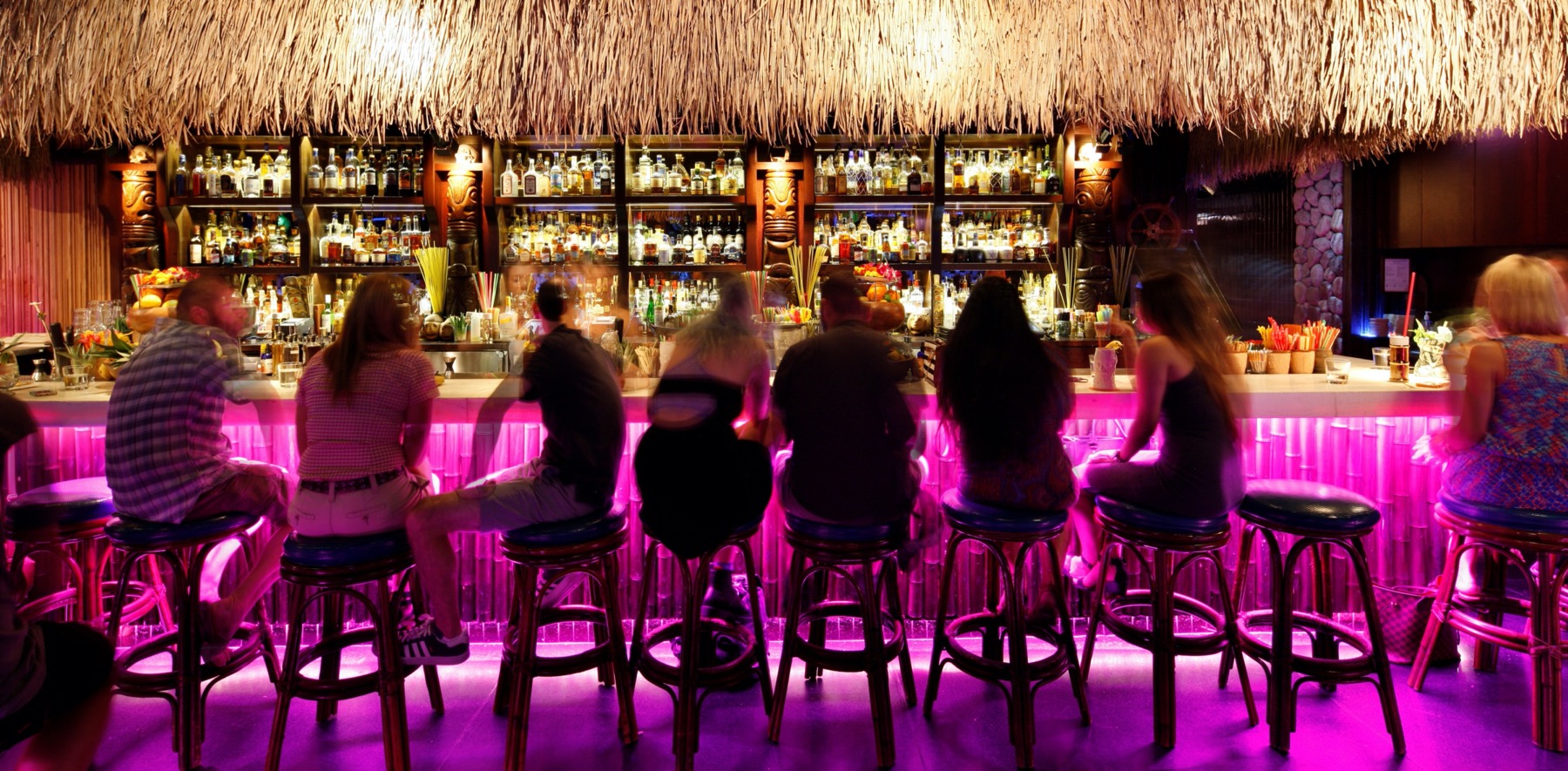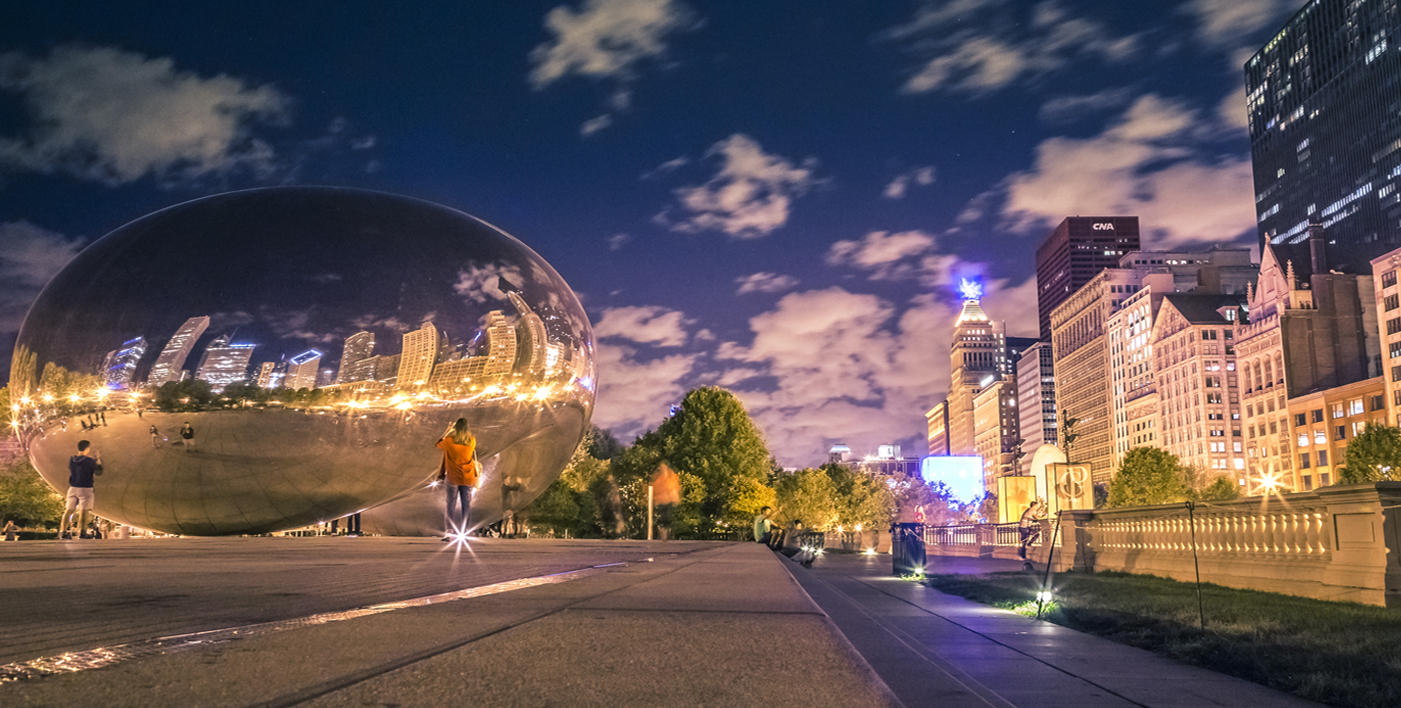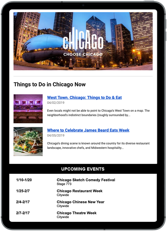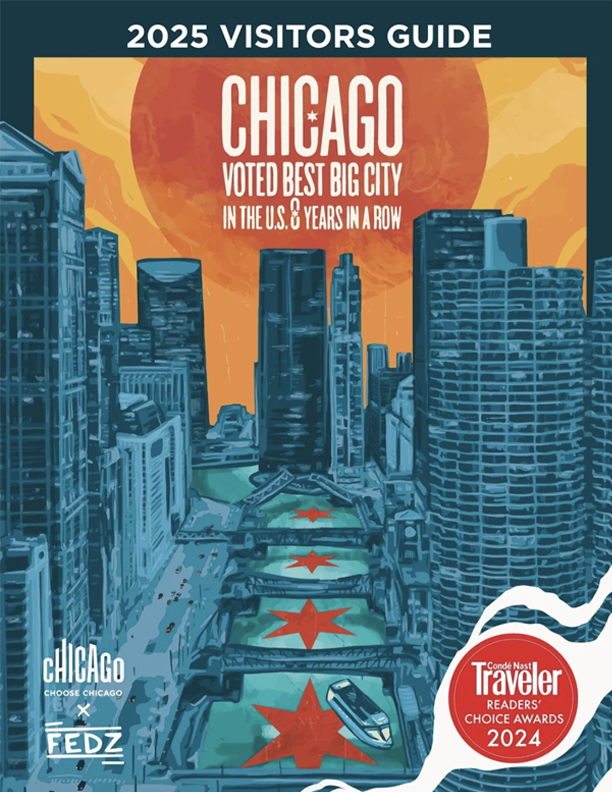There’s so much to see on the streets of Chicago. But most people never see what’s lurking just below the surface.
The city hides layers of tunnels, passages, businesses and more, all beneath our feet. Explore the hidden layers of our city with this deep-dive into Chicago’s underground world.
The Pedway System
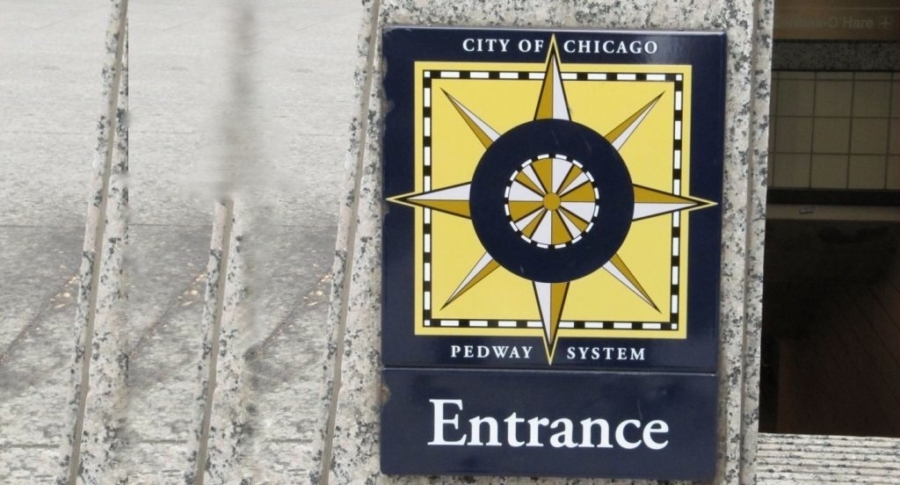
Savvy Chicagoans and visitors can make their way around the Loop without ever emerging above ground. That’s thanks to the Pedway, one of the most-visited parts of subterranean Chicago. It’s a series of passageways that connects 50 office buildings, shopping centers, train stations, and parking structures — a particularly handy route during Chicago’s winters.
The Pedway, open from 7 a.m. to 5 p.m. on weekdays, links over 40 blocks and 5 miles beneath the heart of the city. It’s also home to variety of vendors, from coffee shops to food stalls, so you can grab a bite as you explore beneath the city streets.
Subterranean streets
One of the most famous aspects of Chicago’s underground: the subterranean streets. While names like Lower Wacker may ring a bell, their real claim to fame is their supporting role in The Dark Knight. The Batman film was shot in Chicago, using the lower levels of streets throughout downtown for dramatic car chase scenes.
However, the street’s most common use is a little less glamorous. They allow freight transport and trash disposal vehicles easy access to the Loop’s many large buildings, making the street level less congested and more pleasant for drivers and pedestrians alike.
Abandoned freight tunnels
Chicago is known for its elevated train lines, but lesser known is the network of century-old freight tunnels that criss-cross beneath the city.
Built by the Chicago Tunnel Company, the vast system was inhabited by little electric trains that could be used for an array of services, such as carting away ashes, delivering mail, and connecting phone lines. They even offered “tunnel air” as a form of natural air conditioning for theaters and hotels.
The Tunnel Company’s clients included dozens of iconic buildings, including the Board of Trade, City Hall, Merchandise Mart, Chicago Tribune, Civic Opera House, Field Museum, and more.
The freight lines stopped operating around 1959 and were largely forgotten — until catastrophe struck.
On April 13, 1992, construction workers driving wood pilings into the Chicago River accidentally punctured a tunnel roof, causing thousands of gallons of water to gush into the system. Massive flooding ensued in buildings across the city, eventually causing more than $2 billion in damage. Today, the tunnels are sealed off and all-but impossible to enter.
Water Tower and Pumping Station

In the mid-1800’s, Chicago officials were seeking a better way to provide clean water for a booming population. The solution: a two-mile tunnel beneath Lake Michigan that could transport fresh water into the city, an innovative feat of engineering for the time.
The tunnel was completed in 1866, along with the ornate Water Tower and Pumping Station. Both structures managed to survive the Great Fire of 1871 and became icons of the city’s resilience. The structures are now home to an art gallery and Tony-award winning theatre company, standing tall atop the now-defunct tunnel that still lies deep beneath the city.
The Deep Tunnel project
What’s the lowest you can go within Chicago’s city limits? That distinction lies with the Calumet TARP Pumping Station deep beneath the Riverdale neighborhood. The subterranean room lies 365 feet below the surface, making it the lowest inhabitable point in the city.
This pumping station is part of a massive underground system known as the Tunnel And Reservoir Plan (TARP). More commonly known as the Deep Tunnel project, it was built to minimize flood risk and improve water quality in the area’s lakes and rivers.
Today, the series of tunnels spans more than 110 miles and has become one of the largest and longest civil engineering projects in American history. If you’re interested in seeing it for yourself, the Calumet station and several other points of the system are open to the public for tours.
Underground bars
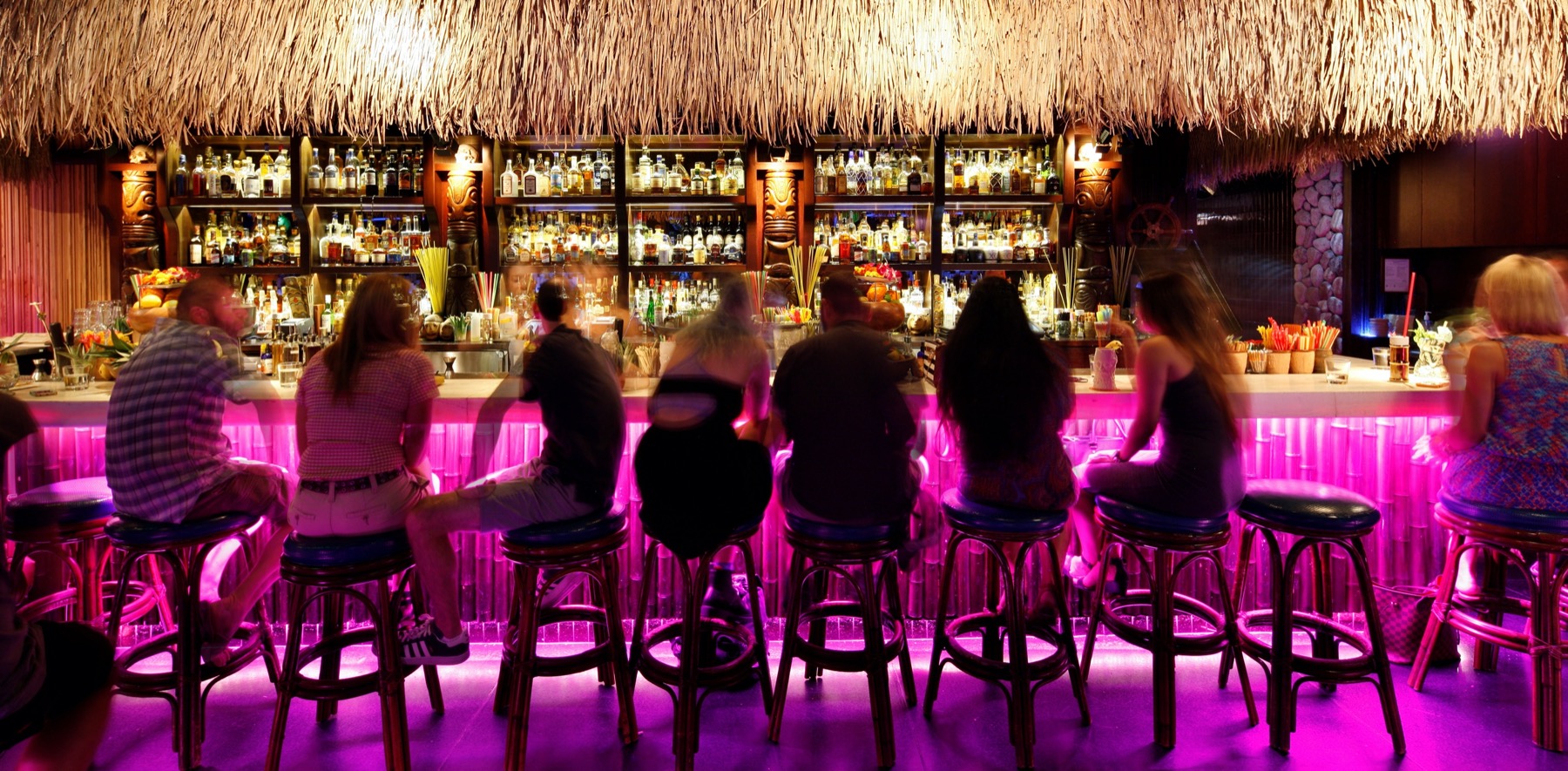
While some aspects of Chicago’s underground are difficult to access, anyone can stop for a drink in one of these below-ground bars.
The Underground
This sultry nightclub and bar is tucked away beneath the bustling streets of the River North Neighborhood. With an ever-changing line-up of DJs and themed events, The Underground is best known for its late-night dance floor.
Three Dots and a Dash
If you spot tiki torches in the alleyway, you’re in the right place. And if you come on a weekend, the line is probably a dead giveaway, too. The downstairs tiki bar has an award-winning cocktail menu, featuring fresh fruits and flavors that will transport you straight to the islands.
Booze Box
It’s easy to miss Booze Box— but it’s worth the effort to find. Nestled below the popular Sushi Dokku in the West Loop neighborhood, Booze Box is hidden behind an unmarked door in an alleyway behind the restaurant. Just keep an eye out for a neon red arrow, and you’ll be rewarded with creative Japanese cocktails and bar snacks.
Subterranean
This bi-level music venue hosts a variety of live musical acts, from reggae nights to burlesque shows to DJ acts. Head downstairs to get up close and personal with the performers, or hang back and watch from the surrounding balcony.
The Drifter
One of the oldest bars in the city is hiding an authentic 1920’s-era speakeasy just beneath their floorboards. Head inside The Green Door Tavern, find the secret door, then go down. That’s where you’ll find The Drifter, a cozy cocktail haven where the nightly menu is written out on tarot cards.

